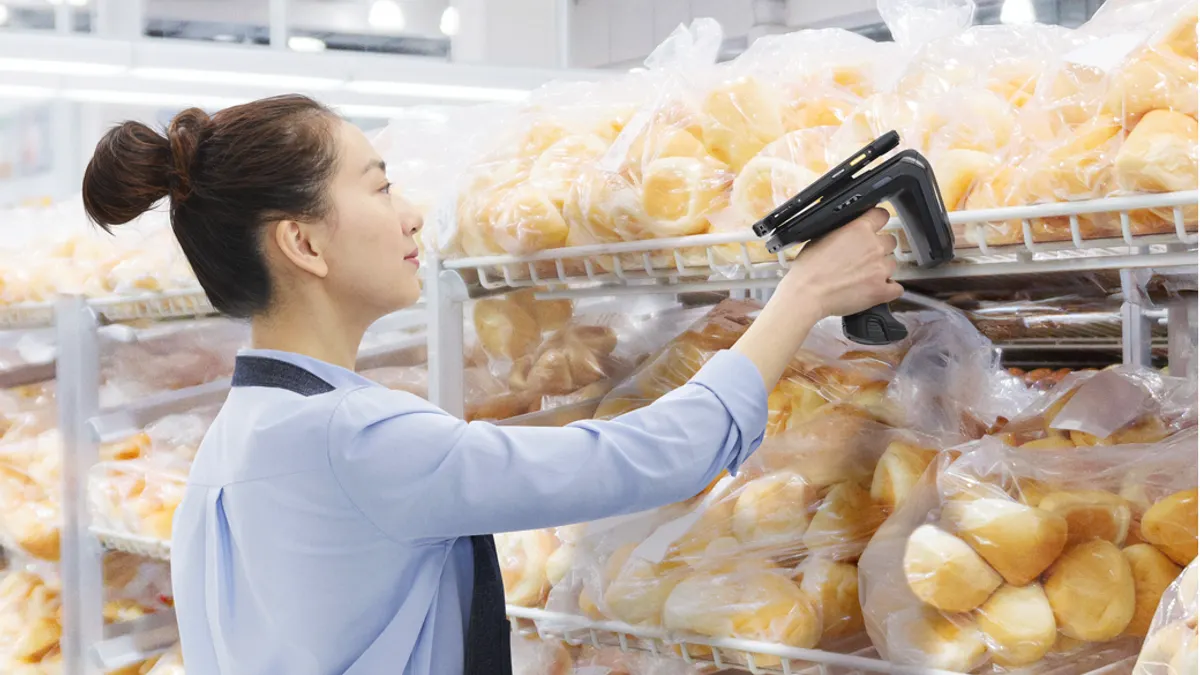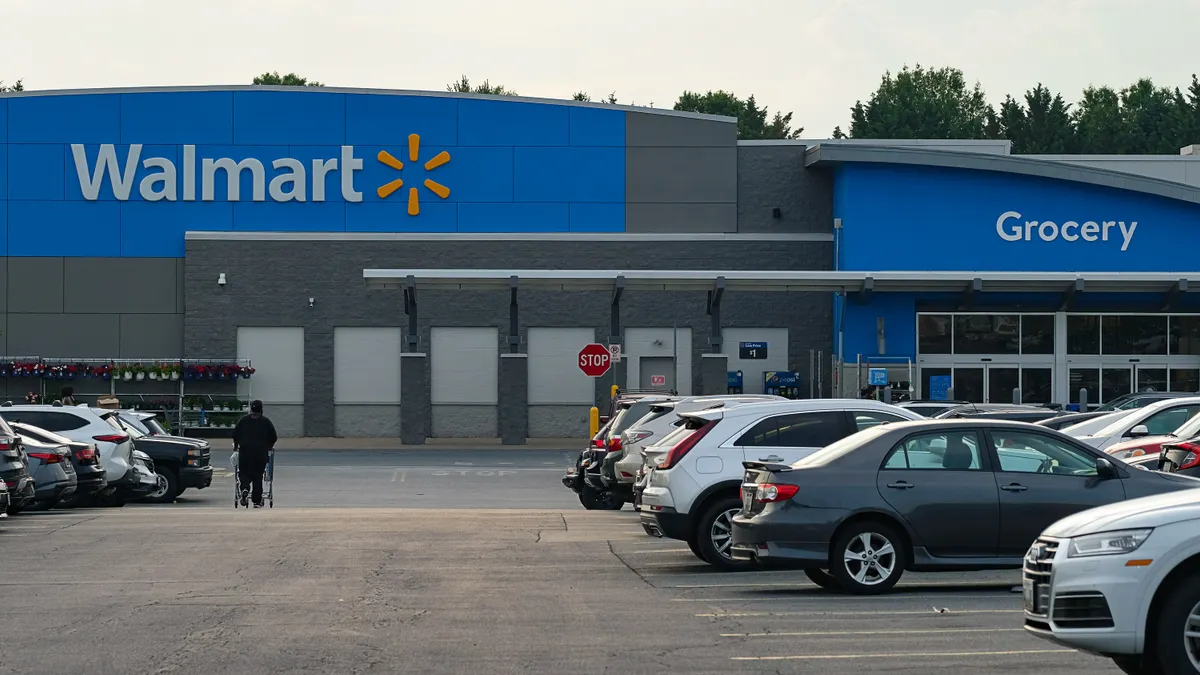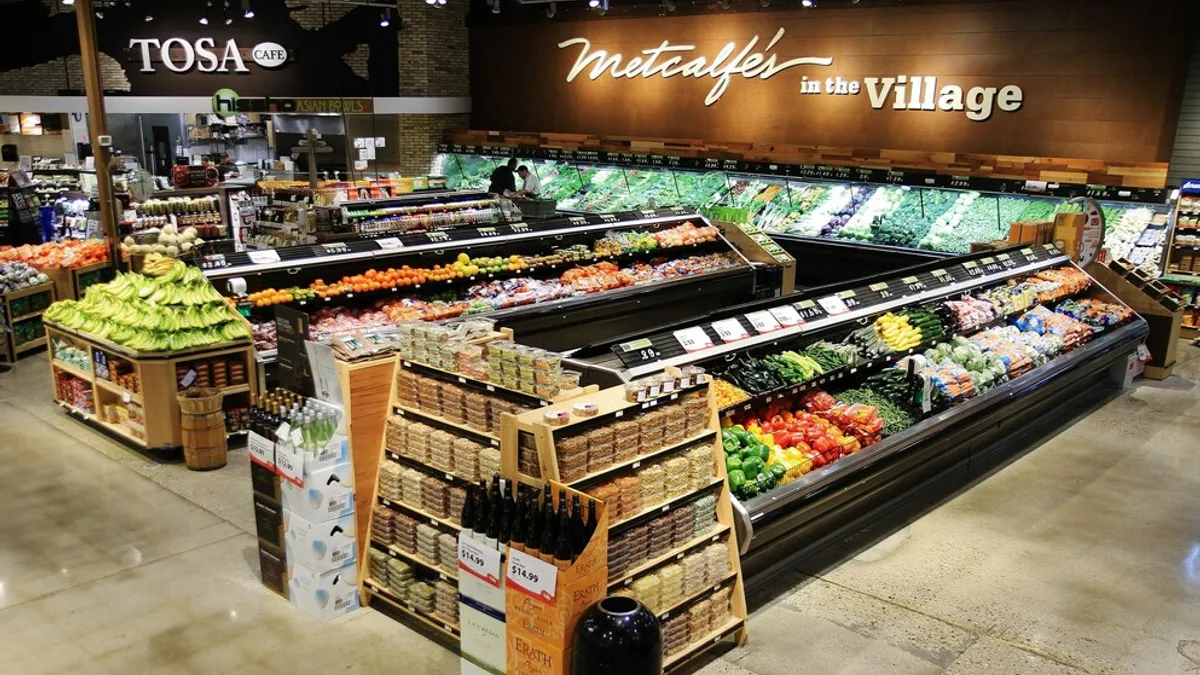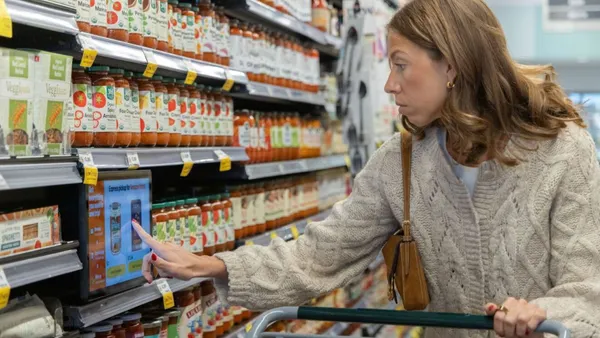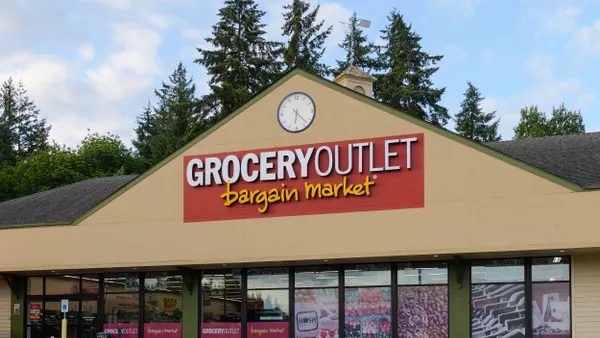The grocery landscape is undergoing a seismic shift, driven by evolving consumer demands, tightening economic conditions and fierce competition. To thrive in this dynamic environment, forward-thinking grocers are adopting innovative solutions to optimize operations, reduce shrink and elevate the customer experience. While Radio Frequency Identification (RFID) technology has become widely relied upon in broader retail sectors, particularly apparel, its powerful potential is now being realized within food. This technology is emerging as a pivotal game-changer, granting unprecedented item-level visibility that empowers grocers to drive operational efficiency, enhance product freshness and reduce food waste.
The perishable predicament: A costly conundrum
A primary pain point for grocers lies in the delicate dance of managing perishable goods. Alarmingly, approximately 30% of total food in grocery stores gets thrown away, with perishables accounting for the majority of this significant loss. Reliance on cumbersome, manual processes hinders store associates' ability to track expiration dates and manage inventory effectively, leading to substantial and avoidable waste. A certain level of this associated food loss is begrudgingly accepted as an unavoidable cost of operations. But what if this didn’t have to be the case? What if more automated inventory management, reliant on real-time item-level visibility was possible? This is now becoming a reality for grocers adopting RFID in their fresh departments.
RFID: a high-frequency solution to a high-frequency problem
Applying intelligent RFID-enabled tags, individual fresh items are given a digital identity enabling grocers to gain item-level visibility like never before. Access to crucial data points like precise expiration dates, fuels informed decision-making to drive operational efficiency. With accurate data at their fingertips, store teams are empowered to optimize fresh production, product rotation and markdowns, significantly reducing waste and boosting sales. The benefits of integrating RFID are multi-faceted for grocers:
- Improved availability: accurate inventory data enables more precise production planning and replenishment, ensuring shelves are consistently stocked with the right products in the right quantities, mitigating costly stockouts and wasteful overstocking.
- Enhanced Freshness - visibility to digitized expiry dates empowers store teams to optimize inventory processes to extend product shelf life, so customers receive the freshest possible product.
- Significant food waste reduction: optimized inventory management practices and timely markdowns directly contribute to minimizing waste of unsold food items, bolstering the bottom line and reinforcing sustainability commitments.
- Fortified food safety protocols: reliable item-level identification allows for swift and precise product recalls to minimize consumer risk and safeguard the grocer's reputation.
- Streamlined operational efficiencies: automated inventory checks can be completed in minutes vs. hours, freeing up staff to focus their time on better serving customers, replacing error-prone manual counts to improve accuracy rates as low as 50% to 60% to near-perfect 99+% accuracy.
Integrating RFID technology drives substantial value across a broad spectrum of grocery operations, improving the customer and associate experiences, while delivering tangible bottom line impact.
The Bakery advantage: a sweet spot for implementation
The bakery department presents an optimal entry point for grocers embarking on their RFID journey. Bakery items are commonly labeled in-store with date code or price stickers, making the transition to RFID-enabled labels a seamless change. Furthermore, the bakery department is typically highly dependent on in-store fresh production, with relatively high turnover, allowing for quick and measurable ROI
A compelling illustration of RFID's transformative power in a bakery setting comes from a recent implementation by a major US grocery chain. By deploying RFID in their bakery department, the retailer has witnessed a remarkable reduction in time dedicated to labor-intensive manual inventory management – shrinking the time spent each day from hours to minutes per store, resulting in significant productivity gains. Moreover, enhanced visibility to item-level data has driven more precise production planning, ensuring the freshest product is available to its customers, in the right quantities at the optimal time, further minimizing waste and resulting in higher than expected sales lift.
A proven recipe for sustained success
In an era characterized by ever-evolving consumer demands and persistent economic pressures, RFID technology offers a proven recipe for sustained success within the grocery industry. It equips store teams with the tools they need to operate with greater agility and efficiency, drastically reduce waste and cultivate an exceptional customer experience. Initiating RFID implementation within the bakery department provides a low-risk, high-reward opportunity to clearly demonstrate the tangible value of this technology, building momentum for broader adoption across expanded fresh categories. Embracing more intelligent operations is a strategic imperative in today's competitive retail landscape. The question is no longer if RFID will revolutionize fresh grocery, but when—and for forward-thinking grocers, that time is now.
Learn more about Avery Dennison’s industry-leading Optica™ supply chain visibility solutions for grocers: Optica Solutions for Grocery.

